Description
The basic concepts of logical and computer design are a completely updated text that makes the logical design, the digital design the system and the computer design for the students. the fifth edition brings this source widely recognized to modern standards while the information is relevant and contemporary.
The material focuses on industry trends and closes with success the gap between levels much higher levels of abstraction with students in the field must work today in the past.
Encompassing the logic and design of the computer, the fundamentals of logic and computer design is a source material in a flexible way that allows instructors to adapt their use to a wide range of student audiences.
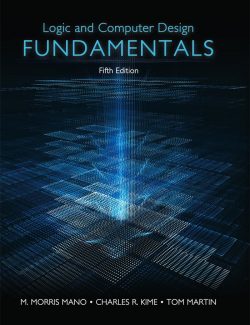
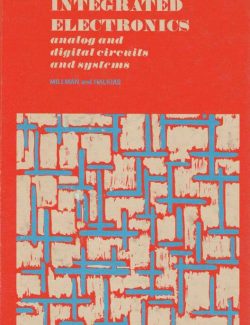
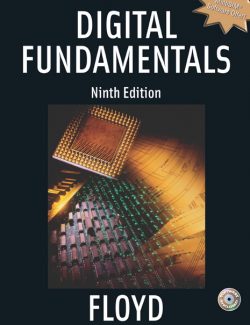
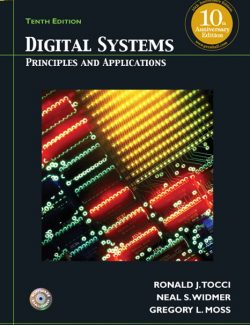

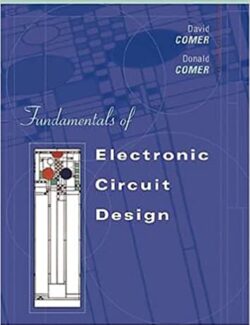
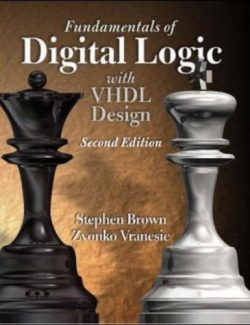
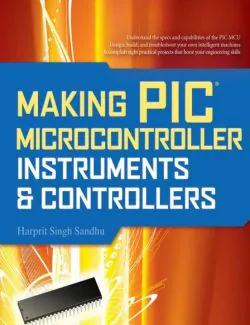
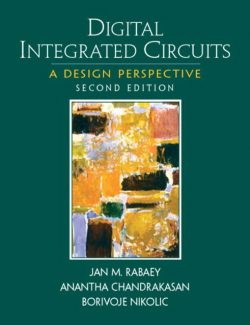
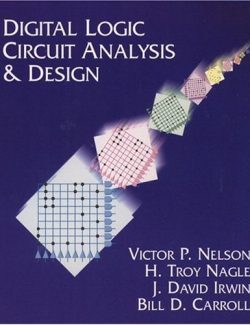
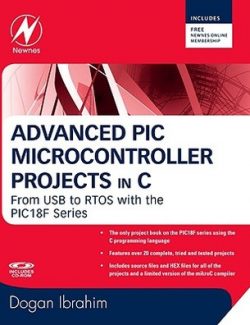

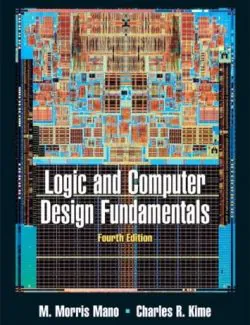
Leave us a comment
No Comments